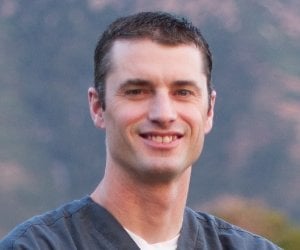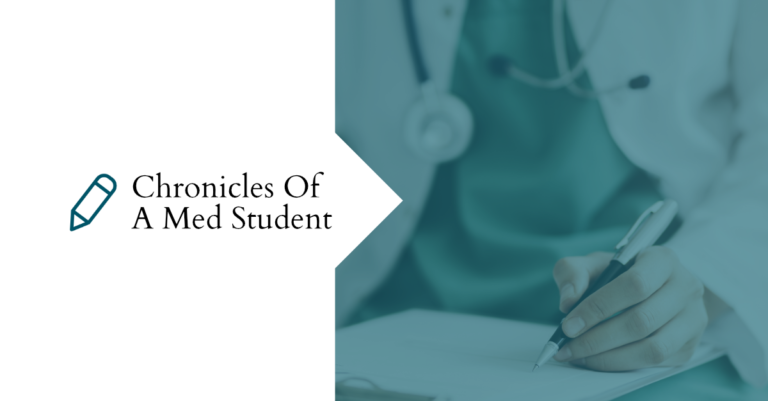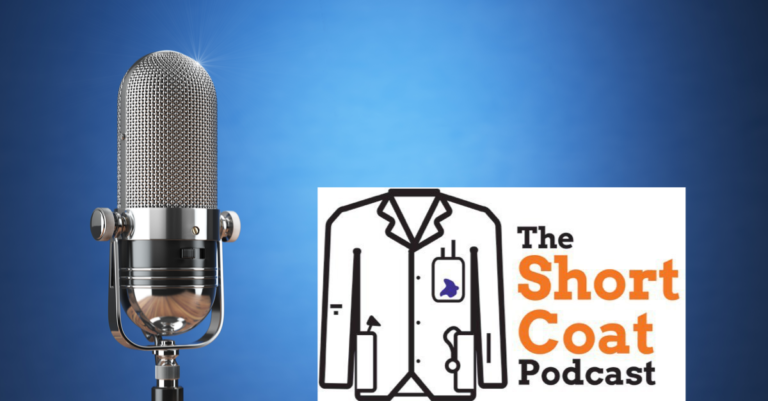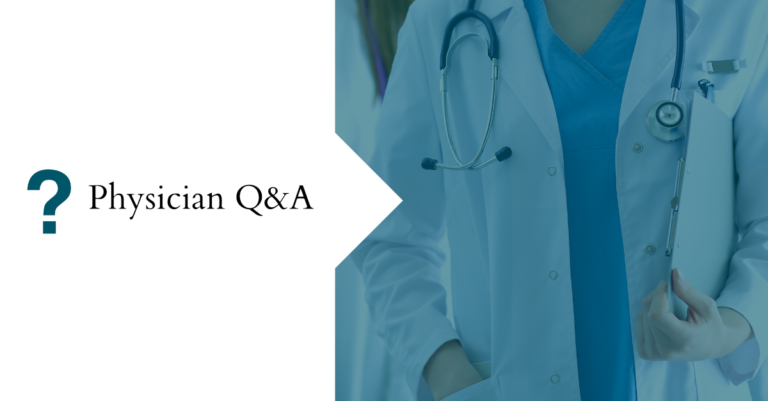
Changing Your Mind—And Your Specialty
I’ve written about choosing a medical specialty throughout the third and even fourth years of ... Read more
Written by: Brent Schnipke
Published on: March 22, 2018
Learn about medicine and how to become a physician in our articles for pre-medical students (including the MCAT), medical students, resident physicians, and practicing physicians.

I’ve written about choosing a medical specialty throughout the third and even fourth years of ... Read more
Written by: Brent Schnipke
Published on: March 22, 2018

Dr. James Dahle is a practicing emergency physician and founder of White Coat Investor, a ... Read more
Written by: Gloria Onwuneme
Published on: March 21, 2018

By Adelle, Medical Student I went into my third year with a somewhat open mind ... Read more
Written by: Adelle
Published on: March 20, 2018

Med school can test a relationship. Lauren wrote in to ask us to what extent ... Read more
Written by: The Short Coat Podcast
Published on: March 17, 2018

A 60-year-old man who is HIV positive presents with fever, dyspnea, and inflammatory lesions on ... Read more
Written by: Figure 1
Published on: March 17, 2018

Moving across the country for medical school was the scariest thing I ever did – ... Read more
Written by: Karen Tran-Harding
Published on: March 16, 2018

While most students dream of getting an acceptance letter from just one medical school, others ... Read more
Written by: Cassie Kosarek
Published on: March 14, 2018

By Yoo Jung Kim, MD Candidate, Stanford University Many students start college gung-ho about going ... Read more
Written by: Yoo Jung Kim
Published on: March 13, 2018

By Monya De, MD MPH Medical students who did not match into a residency position ... Read more
Written by: Monya De
Published on: March 12, 2018

By Gloria Onwneme, Medical Student, University of Nottingham, UK Dr. Harris Eyre, MD, PhD, Fulbright ... Read more
Written by: Gloria Onwuneme
Published on: March 12, 2018

Everyone knows: doctors have to have empathy…right? Listener Mo wrote to us at [email protected] to ... Read more
Written by: The Short Coat Podcast
Published on: March 10, 2018

A 58-year-old male with a history of rosacea presents with blue-black discoloration on his neck ... Read more
Written by: Figure 1
Published on: March 10, 2018

Last year, over a thousand American senior medical students, failed to Match into a residency ... Read more
Written by: Mohamed Gad
Published on: March 6, 2018

Many students don’t realize that the residency match should be top of mind when choosing ... Read more
Written by: Stacy Meyer
Published on: March 5, 2018

More and more students are speaking up about their mental illness struggles One of the ... Read more
Written by: The Short Coat Podcast
Published on: March 3, 2018

A 21-year-old female presents with a six-month history of irregular menses, decreased libido, impaired vision, and ... Read more
Written by: Figure 1
Published on: March 3, 2018

James R. Doty M.D., is a Professor of Neurosurgery and the founder and director of ... Read more
Written by: Gloria Onwuneme
Published on: March 2, 2018

This column has been focused on providing clinical snapshots while exploring the factors that affect ... Read more
Written by: Brent Schnipke
Published on: February 26, 2018

A 4-year-old boy with known G6PD deficiency is brought to the pediatrician by his mother ... Read more
Written by: Figure 1
Published on: February 23, 2018